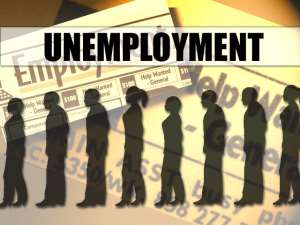In PM Narendra Modi’s shining India, the urban unemployment rate (UR) had spiked to 12.6 per cent in the April-June 2021 quarter, up from 9.3 per cent in the January-March 2021 quarter, the latest Periodic Labour Force Survey (PLFS) report released by the National Statistical Office has shown.
UR is defined as the percentage of unemployed persons in the labour force. The Labour Force Participation Rate (LFPR), which refers to the percentage of population in the labour force, went down from 37.5 per cent in January-March 2021 to 37.1 per cent in April-June 2021. In 2020, the figure was 35.9 during the April-June quarter.
The figure had come down from the UR of 20.8 percent in the April-June quarter in 2020, when the first wave of COVID-19 peaked. The number had risen due to the nationwide lockdown imposed in the aftermath of the COVID-19 outbreak in the country.
The UR in the April-June period of 2021 is significant as well, because as it was during this time that India witnessed the deadly second wave of COVID-19 pandemic, when thousands had succumbed to the virus.
UR in urban females has been consistently higher compared to that of urban males in the 15 to 29 age-group, during all the survey periods in 2020 and 2021, the report stated. While only 24 per cent of urban males in 15-29 age-group were unemployed in April-June 2021, a significantly higher fraction of almost 31 per cent of females in the same age-group were out of jobs during this period.
In 2020, the unemployment rate of males in the 15 to 29 age-group was 34.3 per cent, while the number was 36 per cent for women in the April-June quarter.
The number of people who were self-employed rose from 39.3 per cent in January March 2021 to 40.7 per cent in April June 2021.












